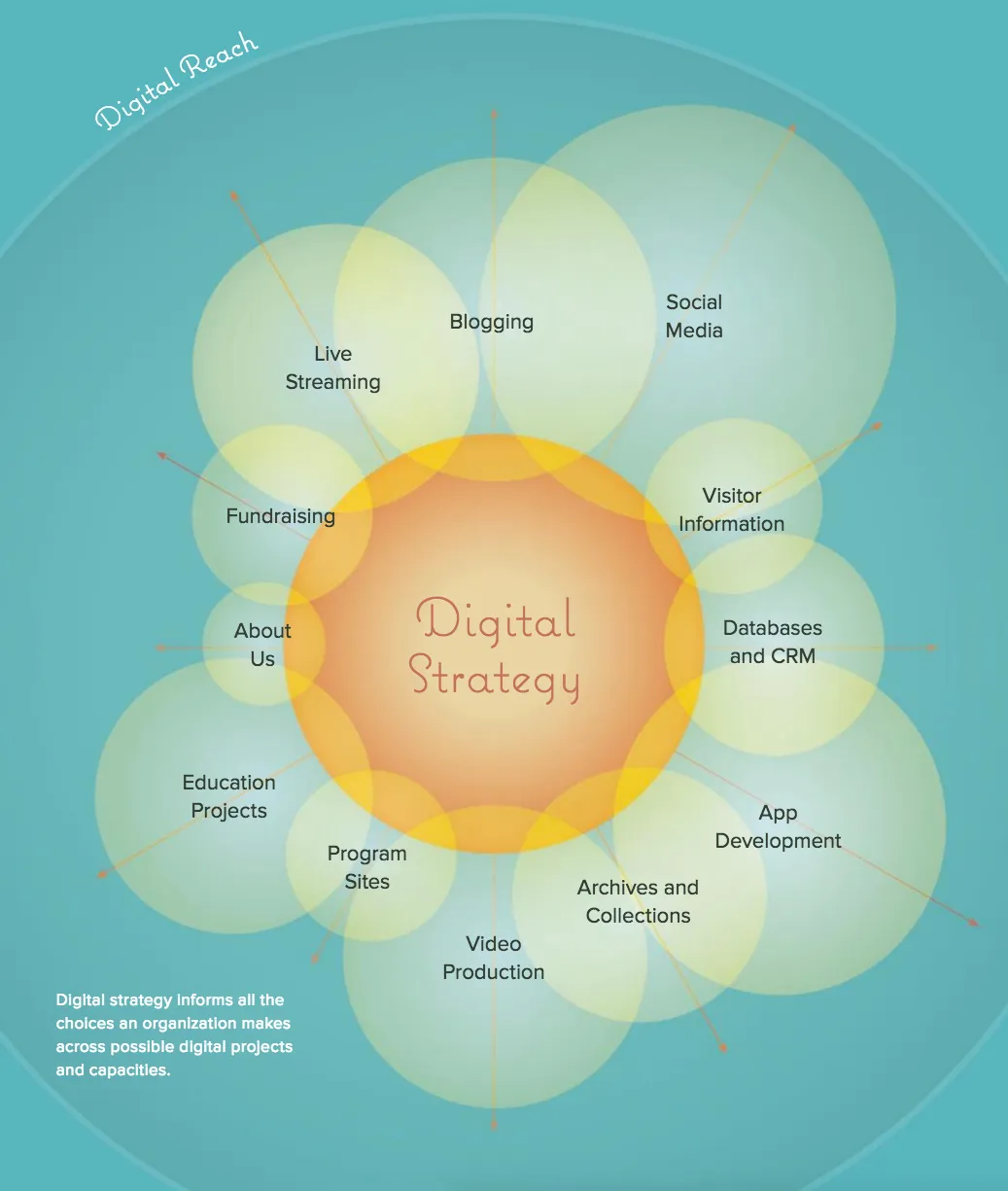Our reading for this week – a report by the the Wyncote Foundation titled "Like, Link, Share" – explores how cultural institutions are embracing digital technology. One common and relatively low-cost, pain-free use of tech is for PR and outreach (e.g., social media). But how can we fully integrate tech into every department, every facet? Why would we want to?
At the heart of any historical institution is programming – specifically, the content itself. I wrote on this back in September. Take, for instance, the traditional exhibit label. How can we improve textual engagement? How can we reinvent the ways we convey information to our audiences? How can we make knowledge exchange an interactive, two-way exchange rather than just a reproduction of top-down narrative construction?
"The best questions in labels are the ones visitors themselves would ask" – Exhibit Labels: An Interpretative Approach, Beverly Serrell (178)
But how do we know what visitors would ask if we don't give them the space to ask such questions – either before or during the exhibition? This gets back to the issue of open-ended interpretation; is such a thing even possible? Taking a "just the facts, m'am" approach to label creation doesn't free us from the constraints of perspective and positionality because objectivity is a myth.
We often attempt to engage our audiences with answerable questions – questions that visitors would ask and that the content of our exhibit answers. How might we further engage people with open-ended questions that "prompt visitors to think about their own prior knowledge and experience and construct or retrieve a thought that is their own personal creation" (186)? I am a fan of "talkback panels" (as Serrell identifies them), on which visitors are given the opportunity to provide their own answers – thus interpreting history themselves and relating it to their own experiences. Take, for instance:
- "The Pen" – which allows people to annotate and "collect" objects from the collections for viewing at home, aggregated as accounts of their visits
- The QRator Project – a custom app built for use on iPads-cum-exhibit labels, replete with background info, QR codes for more details, questions, and comments sections
- The AMLABEL Digital Gallery Display – which curators can update in real-time, and visitors can adjust language and font size, as well as access the information on their smart devices.
Serrell's suggestsletting visitors annotate the labels (227). Though she suggests this in the context of digital tools, the "old-fashioned" way still applies. In a sense, something as small as providing the infamous sticky notes for visitors to share their testimonies aids us in reframing facts and fiction collectively – at least depending on who our audience actually is, what visitor cohort they fit into. Serrell distinguishes identifying the audience as a precursor to shaping visitor experience. How do we identify our audiences holistically while taking into account accessibility of word (reading level, density, and language) and image (textual interplay, comprehensibility, ability).
How can could labels grow beyond this limited dependence on visually-based evidence and interpretation to encompass multiple mediums like oral history and perhaps even scent, taste, and touch? What role does tech play in these possibilities?

100% of the SBD rewards from this #explore1918 post will support the Philadelphia History Initiative @phillyhistory. This crypto-experiment is part of a graduate course at Temple University's Center for Public History and is exploring history and empowering education to endow meaning. To learn more click here.